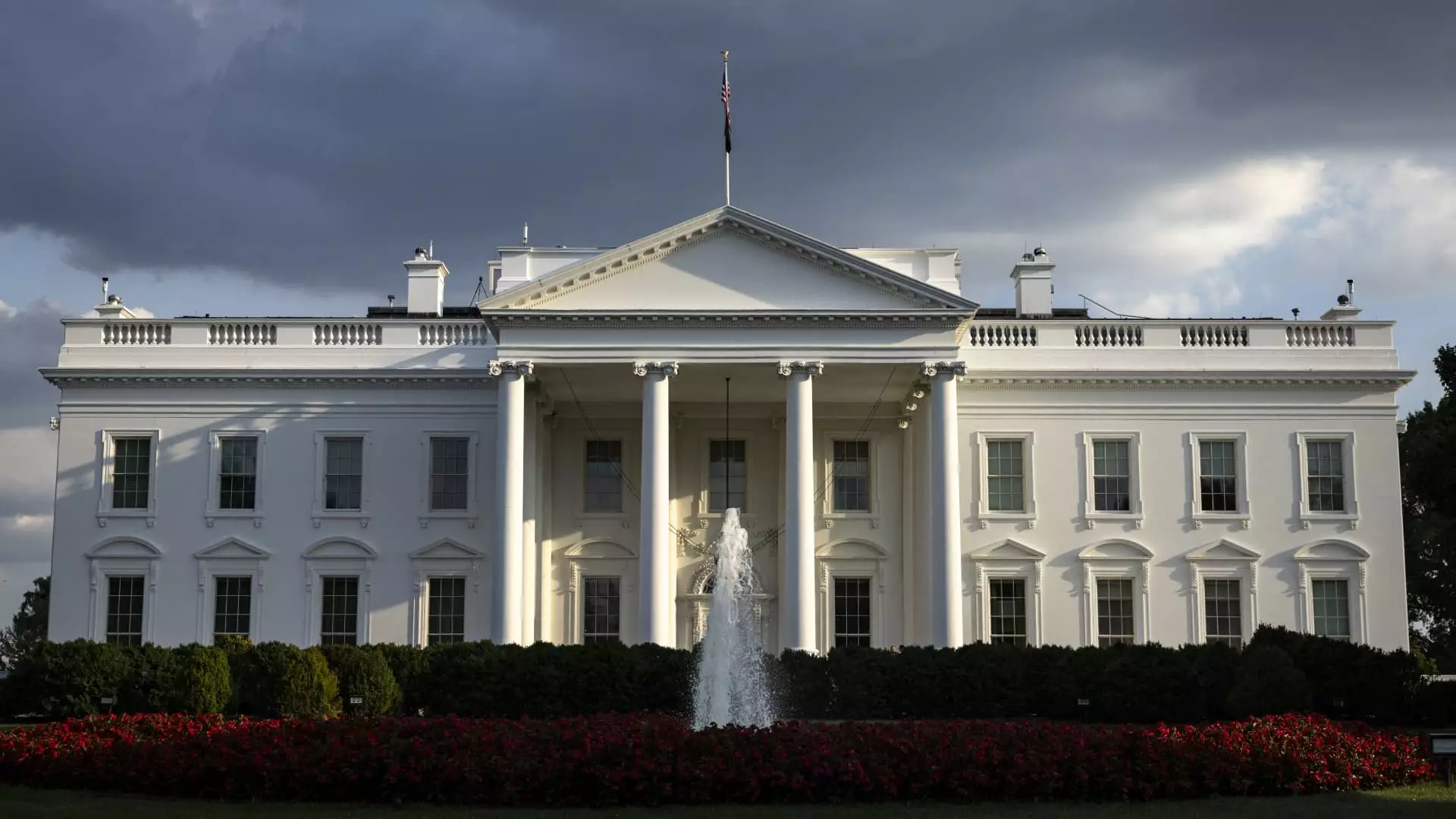In light of recent political changes and uncertainty surrounding the upcoming administration taking office in January 2025, the economic landscape and market performance become significant points of concern for traders. While it would be ideal to have a comprehensive guide outlining the potential outcomes of various policy decisions, the reality is far more complex and unpredictable.
If the GOP, led by a candidate like Donald Trump, were to secure a victory in the upcoming election, there are several key economic policies that could shape the future. These policies may include extending tax cuts, reducing corporate taxes, and implementing tariffs on imports. While these measures may initially benefit businesses and Wall Street, they could also lead to increased deficits, debt, inflation, and potentially a global trade war.
On the other hand, if the Democratic Party, represented by figures like Vice President Kamala Harris, were to succeed in the election, a different set of economic policies might come into play. These policies could involve rolling back tax cuts, raising corporate taxes, and imposing stricter regulations on businesses. While these measures may aim to address income inequality and tax revenue, they could also lead to market reluctance and potential economic downturns.
Regardless of the election results, historical data suggests that the first year of a new presidential cycle is typically challenging for the stock market. Given this uncertainty, it may be prudent for investors to consider locking in profits and preparing for potential policy shifts. While the past few years have been profitable for stock market investors, the future remains unpredictable, and it is wise to set aside funds for potential economic hardships.
The impact of election results on the economy in 2025 is a topic of great importance and concern for traders and investors. While there are potential benefits and drawbacks associated with different political outcomes, the future remains uncertain, and it is essential to stay informed and prepared for a variety of economic scenarios. By considering the likely policy choices under different administrations, investors can make more informed decisions and mitigate risks in the ever-changing economic landscape.

